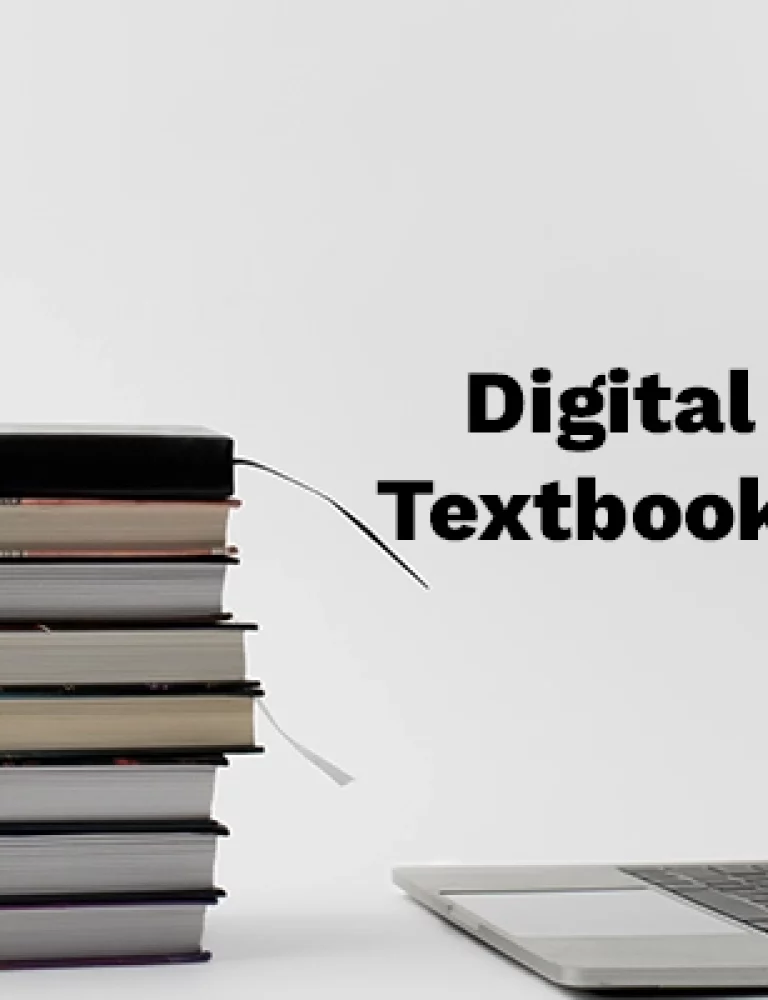Digital Rights Management (DRM) has completely revolutionized the way eBooks are shared and distributed today. The possibility of piracy, theft, or redistribution need not worry publishers or content creators.
eBook DRM implements total control over resources using technologies such as encryption and authentication. Each software comes with its own unique features that offer expanded protection to the process of distributing and sharing eBooks, enabling publishers, distributors, and creators more freedom with their businesses.
However, the true benefit of leveraging DRM lies in understanding what such platforms can do and what they can’t.
Let’s explore the ways in which eBook DRM has revolutionized the eBook market.
Table of Contents
I. What is Digital Rights Management (DRM)?
II. eBook DRM: Revolutionizing eBook Distribution and Use
- Protection of IP Rights
- Secure Distribution Channels
- Expanded Outreach
- Flexibility in Business Models
- More Monetization Opportunities
- Better Control Through Analytics
What is Digital Rights Management (DRM)?
Digital Rights Management is a collection of tools, technologies, and techniques that enable eBook distributors to prevent unauthorized use of their publications. It includes methods like user authentication, verification, licensing of eBooks, encryption, etc. to achieve better control over how the published material is being perused.
DRM is necessary today because of the openness of the internet, where anyone can access these files, download them, and redistribute them according to their requirements. Not only does this put the revenue of the stakeholders at risk, but it also establishes a culture of piracy, which is not an ethical way to do business.
eBook DRM prevents misuse of eBooks by enforcing certain rules using modern technology that restrict the ways in which they can be accessed and used.
eBook DRM: Revolutionizing eBook Distribution and Use
DRM has revolutionized the eBook publishing market in more ways than one. Listed below are six major ways in which eBook DRM streamlines digital publishing through textbook platforms like KITABOO:
1. Protection of IP Rights
The first and foremost job of a digital rights management platform is to protect the intellectual property rights of its owners. Methods such as licensing and encryption prevent the published materials from being copied, redistributed, or pirated.
The DRM platforms also incorporate access governance to ensure that only authorized users have access to the eBooks. This way, the system is able to trace malicious activity down to the device through which it was used in an unauthorized manner. It makes it possible to monitor end-user usage of an item more effectively.
2. Secure Distribution Channels
Several good eBook DRM platforms also contain features to provide secure publishing and distribution channels to publishers. This helps publishers ensure that users have controlled access to the content without any risk of interception or identity fraud over the network.
A secure distribution channel is a necessary step for organizational use where important or sensitive information is stored digitally and only authorized access is permitted through monitored distribution channels.
It is also applicable to educational institutions to prevent non-members or the general public from accessing copyrighted material.
3. Expanded Outreach
Most eBook DRM solutions are capable of providing expanded outreach tools to their users. This includes publishing eBooks with effective licenses that are applicable to the published material on a global scale.
Because all operations are controlled centrally, it is possible to monitor the status of each publication as it is accessed around the globe by various readers. It also gives publishers and distributors peace of mind to know that their eBooks are DRM-protected even across borders.
4. Flexibility in Business Models
eBook DRM gives publishers and distributors the confidence to explore a variety of business models, knowing that their eBooks will be protected at all costs. Whether they wish to explore subscription-based models, pay-per-download models, or even lending programs, it is all possible with the right DRM.
DRM platforms provide publishers with a variety of licenses to attribute to the eBooks to make them more suitable for distribution, depending on different business models. It helps amplify revenues in the long term as well.
5. More Monetization Opportunities
By protecting the intellectual property rights of all the publications hosted on the DRM platform, it is possible for businesses to expand their monetization opportunities. For example, they can explore the potential of enhancing the accessibility of the publication without risking theft or piracy, and onboarding more users for the eBook platform.
Furthermore, by enforcing correct usage through DRM, businesses prevent the loss of revenue that occurs due to piracy, thereby enhancing cash flows at the end of the year. Ad spaces in the eBooks can also be rented out without any worry of license breaches or content theft.
6. Better Control Through Analytics
DRM solutions offer businesses key insight into the pattern of consumption of eBooks, reader behavior, and even market trends. This enables the decision-makers to strategically plan further development and publication to make sure the outcomes remain favorable.
This insight is crucial to further optimizing distribution strategies, business models, and content offerings through the eBook platform. It also helps with planning the most impactful and effective marketing strategies.
Future Trends and Challenges
Looking ahead, the perspective of eBook DRM is likely to continue evolving in response to technological advancements and shifting consumer behaviors. Publishers may explore new approaches to DRM that prioritize flexibility and user experience while also developing security measures to strive against emerging threats.
Additionally, the ongoing debate surrounding DRM and consumer rights is likely to shape the development of future DRM solutions, with stakeholders attempting to strike a balance that benefits both creators and consumers.
KITABOO: Protection and Control for eBooks, Simplified
Using eBook DRM is now required and cannot be avoided. The internet has facilitated resource access and widened global connections, but it has also given rise to piracy. It is to restrict unauthorized access to eBooks and safeguard the interests of publishers, distributors, and creators.
If you are a distributor looking for a performant DRM solution, consider the KITABOO digital textbook platform. KITABOO is an end-to-end, comprehensive digital publishing and eBook creation platform that offers robust DRM capabilities to users. With state-of-the-art encryption algorithms, SSO capabilities, multi factor authentication, licensing, and many protective features, your eBooks remain secure no matter which distribution strategy or business model you choose.
Connect with us now and start a conversation.
Discover How An Ebook Conversion, Publishing & Distribution Platform Can Help You
Kitaboo is a cloud-based content platform to create-publish & securely distribute interactive mobile-ready ebooks.
You May Also Like








